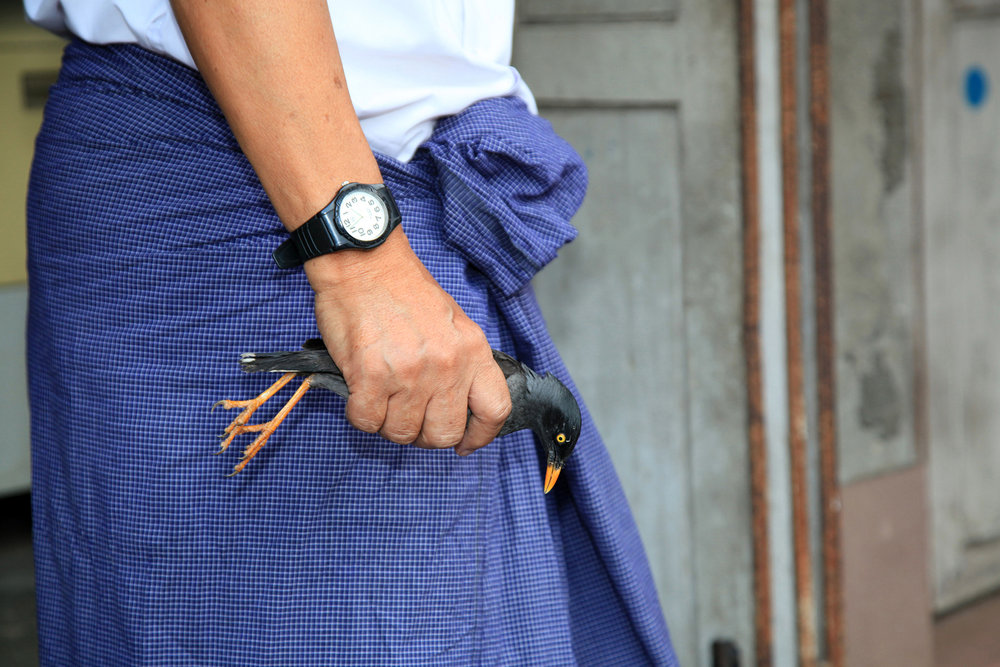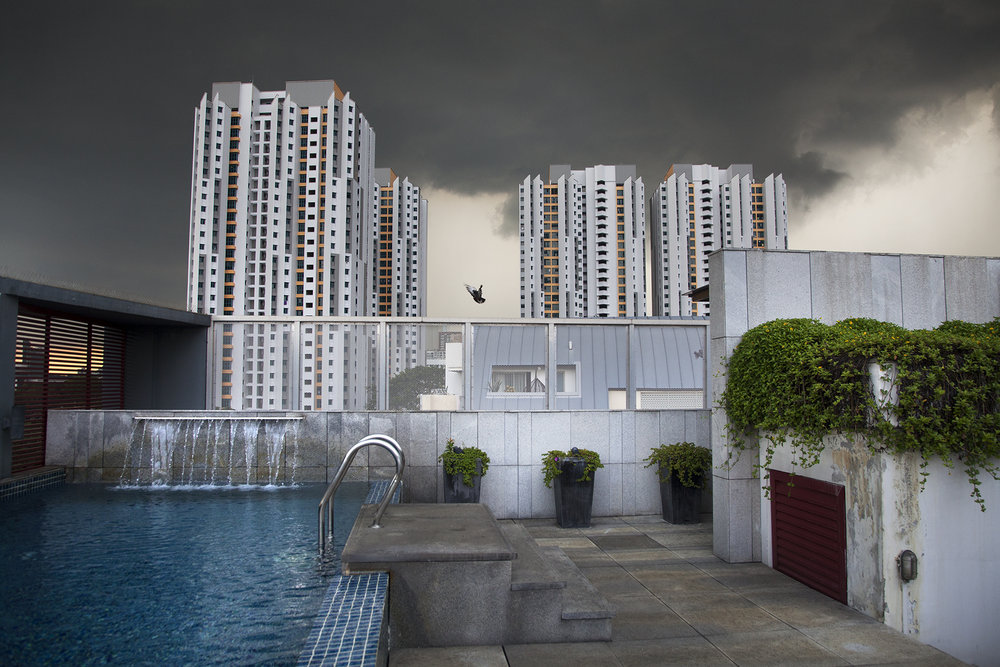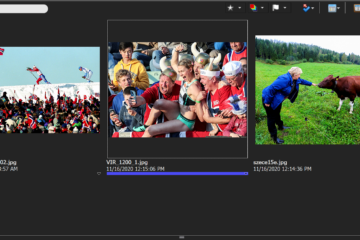Anaïs López is a visual artist who works with still and moving images. Besides working for magazines as an independent photographer, she makes documentaries about things that matter to her. In her work she investigates how people live in the city. What fascinates her is how people try to find (or make) a place in an urban area. The main theme in her word concerns the makeability of the city.
Anaïs López is a storyteller above all else. Her work reflects this. In her current practice, photography has become more and more a means to an end and not an end unto itself. She switches between micro and macro levels and tries to combine the image of the city with a personal story, thus building a bridge between the private and the public spheres. She is one of the featured artists in DOK19 festival, and she will speak with us a little more about her recent projects.

© Jean van Lingen
Can you tell us a little bit about yourself? How did you become interested in photography?
My name is Anaïs López, I am a visual artist based in Amsterdam. I grew up in France and Spain and when I turned sixteen I moved to the Netherlands. There I graduated from the Royal Art Academy in The Hague in 2006 and did a two year Masters at the Art Academy St. Joost in Breda researching narrative structures and documentary strategies. Since I was little I wanted to be Indiana Jones, travel the world and discover new stories and places. I found out that with photography that was a possibility and I decided to become a socially engaged photographer when I turned 16 years old.
You will present Live Photobook on “The Migrant” at DOK19 festival. I think for many people ‘Live photobook’ is quite a new way of presenting. How does it work and why did you decide to perform this instead of exhibiting photographs or videos?
The Migrant is a multimedia project: it’s not only a performance, but it’s also an app, an exhibition and a radio documentary.
When we first started the project with the Prospektor, the producer of the project, we really wanted to make it interactive. That way we could really show the many layers of the story. Later, after a brainstorm with the designer of the book Teun van der Heijden, the performance was born. It was originally his idea. We wanted to create a different experience with the book. With the app the public has a private experience. The performance, where I take my audience on an incredible journey with a monumental book as the centerpiece, is a very interactive way of experiencing the story. I love the exchanges that I have during and after telling the story. It-s a different way of experiencing the story.

© Studio Luma
Can you also briefly share about your project “The Migrant”? What story do you want to tell people through this project?
The Migrant tells the turbulent life story of the Javan Mynah. A member of the starling family, the bird is originally from Java (Indonesia) and was introduced to Singapore in the early 20th century through the songbird trade. Today, he is reviled, persecuted and even killed. It is a story about one bird, but at the same time it addresses broader themes such as the complex relationship between humans and animals, the consequences of rapid urbanization and the position of the unwanted outsider.
As a storyteller, what is your tip to connect with audiences?
First find the right audience to whom you are telling the story. Know where you are and then engage with them and listen to what they have to say.
©Anais Lopez / The Migrant – Trailer

©Anais Lopez / The Migrant

©Anais Lopez / The Migrant – Trailer
You are also a founder of Docking Station. Why did you found this, and how does it work?
Together with Marga Rotteveel we founded Docking Station because we believe in stories. There are many urgent, interesting and compelling stories out there that deserve to be told and seen. Many of them, however, don’t reach the audience, or only a very small one. Docking Station’s mission is to bring high-quality visual stories out there so that they can make an impact. Because they provide us with new windows onto the world. They can help us understand complex issues related to migration, climate change, conflict and identity. They can create empathy and connect people. Sometimes all these stories need is a little help to make them grow and reach a broad and diverse audience. That is why eight times a year we invite one visual storyteller (who we call a Docker) to stay with us in Amsterdam and we connect him or her to our expensive network.
©Anais Lopez / Docking Station
What are your tips to those pursuing a career as a photographer?
Believe in what you do. Be like a pitbull and don’t give up. Get your work out there, go to openings, to portfolio reviews around the globe. You need a network to show your work, without it you are lost. Make beautiful series, work together with others creatives if the project needs it and share it with the public. Don’t be shy.


